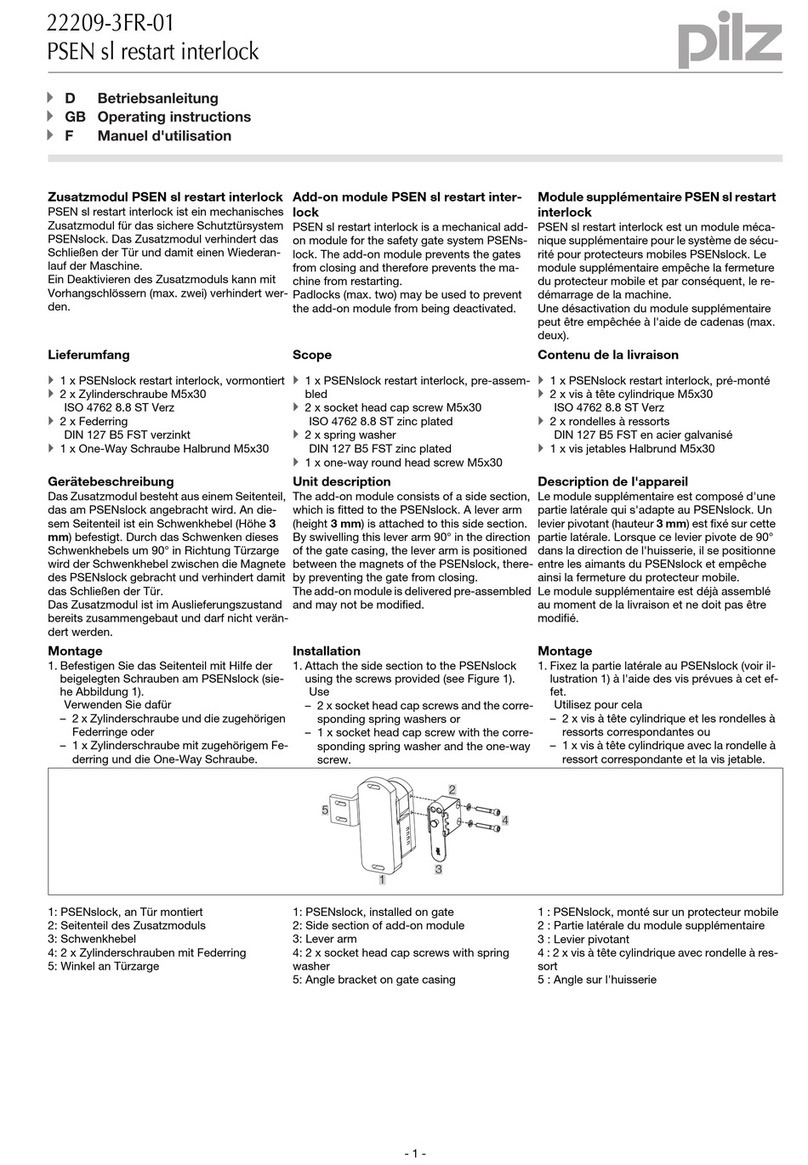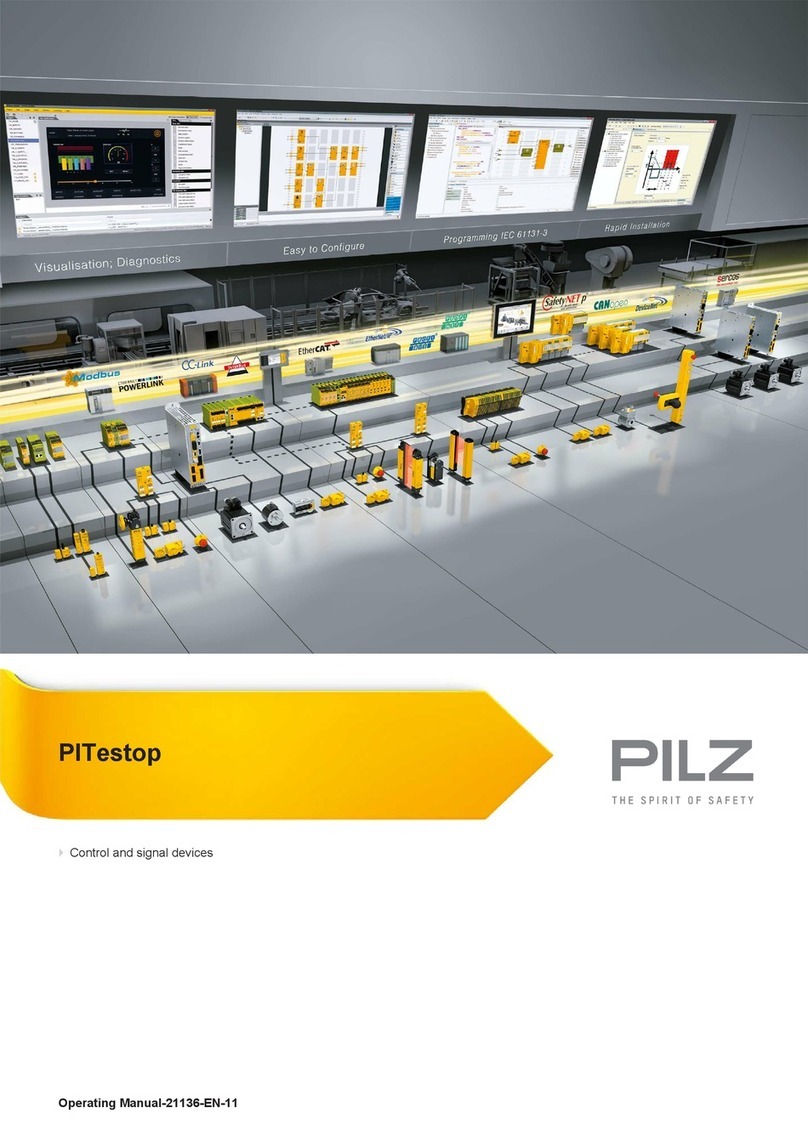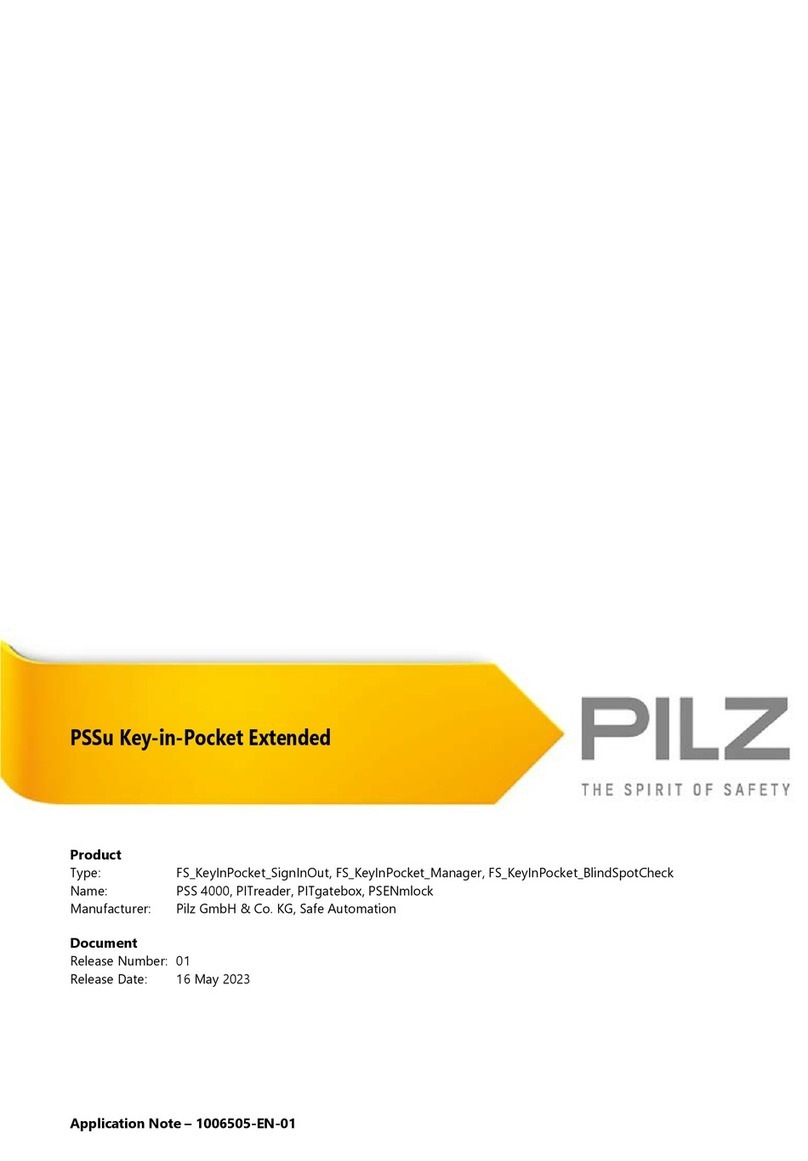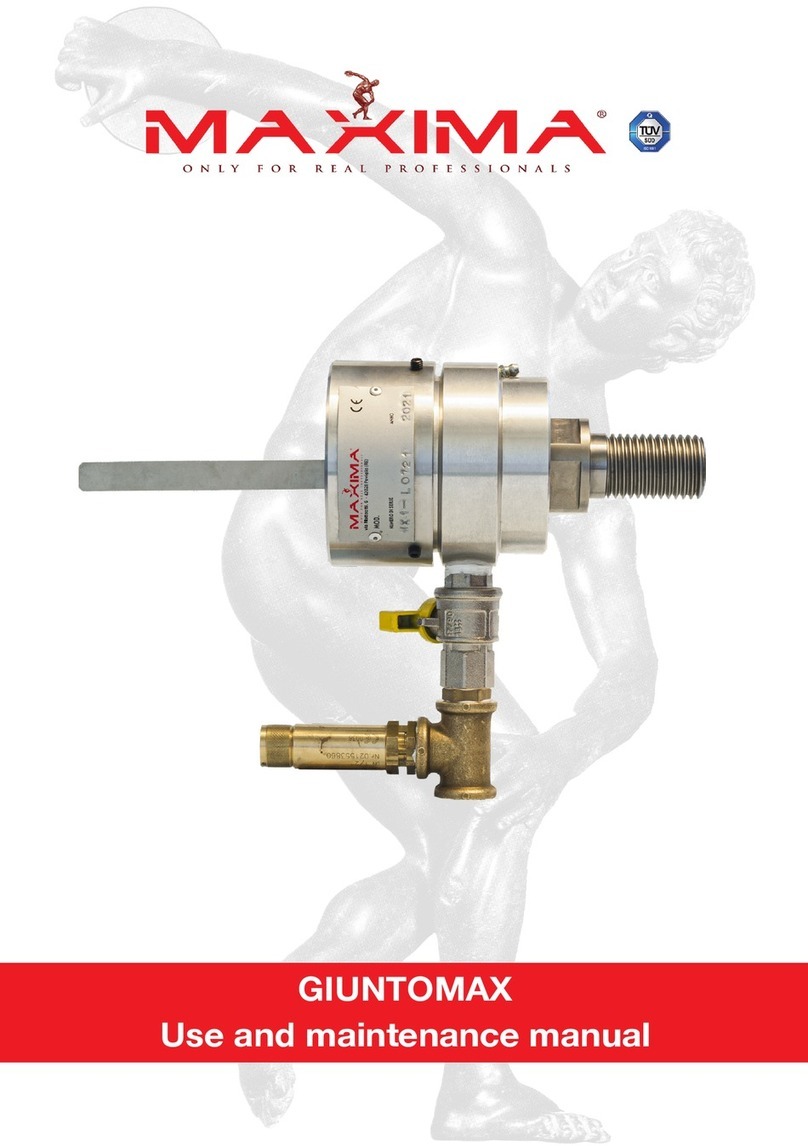Pilz PSSu E S 2DOR 10 User manual
Other Pilz Industrial Equipment manuals
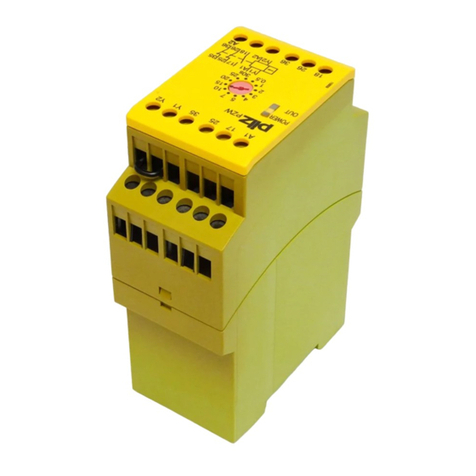
Pilz
Pilz 19 157-05 PZW User manual

Pilz
Pilz PSEN sl-0.5p 1.1 User manual
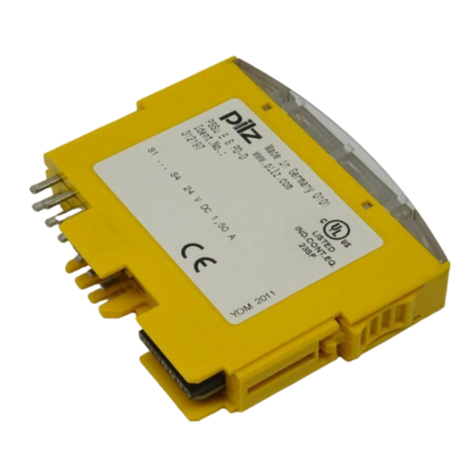
Pilz
Pilz PSSu E S PD-D User manual

Pilz
Pilz PNOZ mi2p User manual
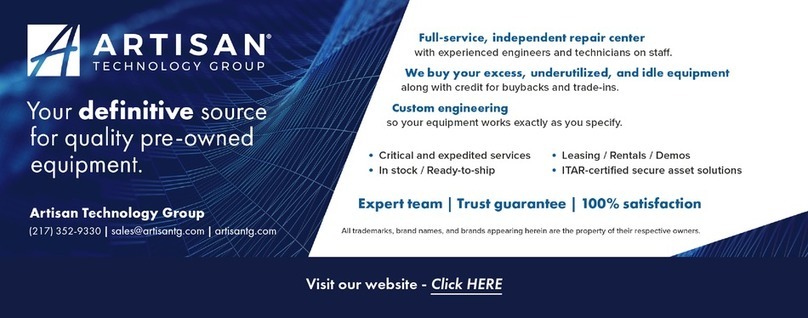
Pilz
Pilz PNOZ Owner's manual
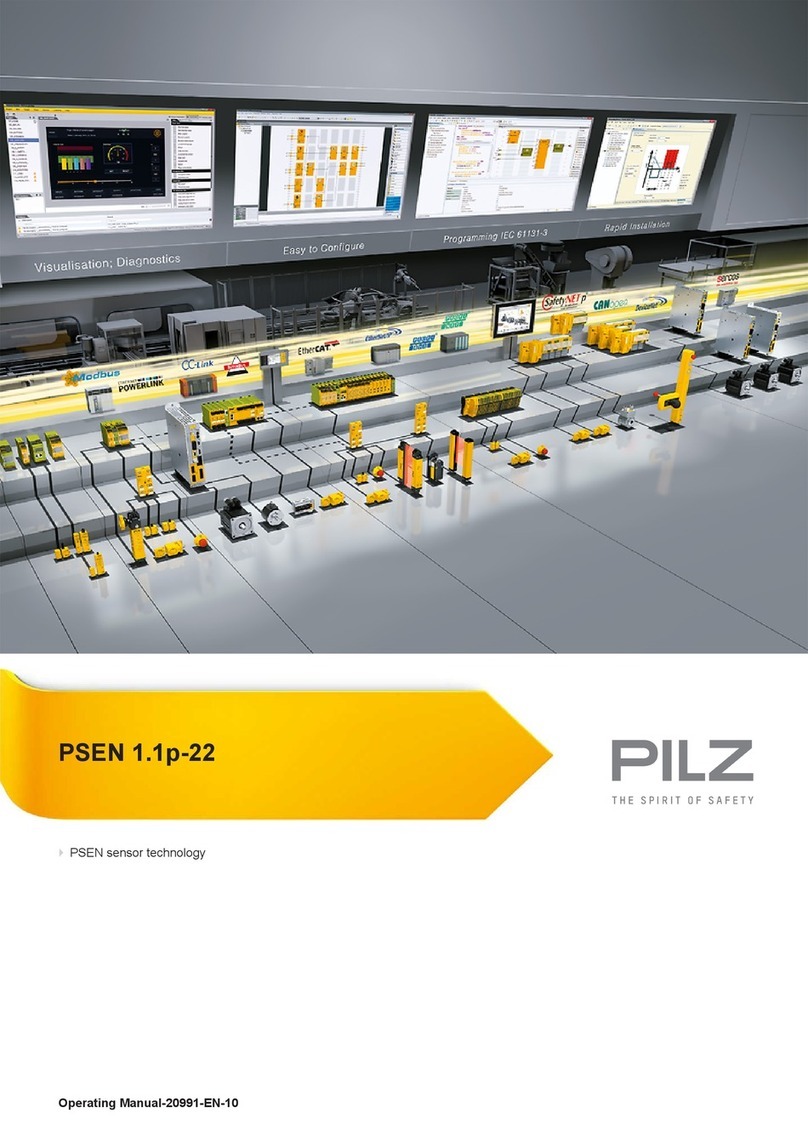
Pilz
Pilz PSEN 1.1p-22 User manual
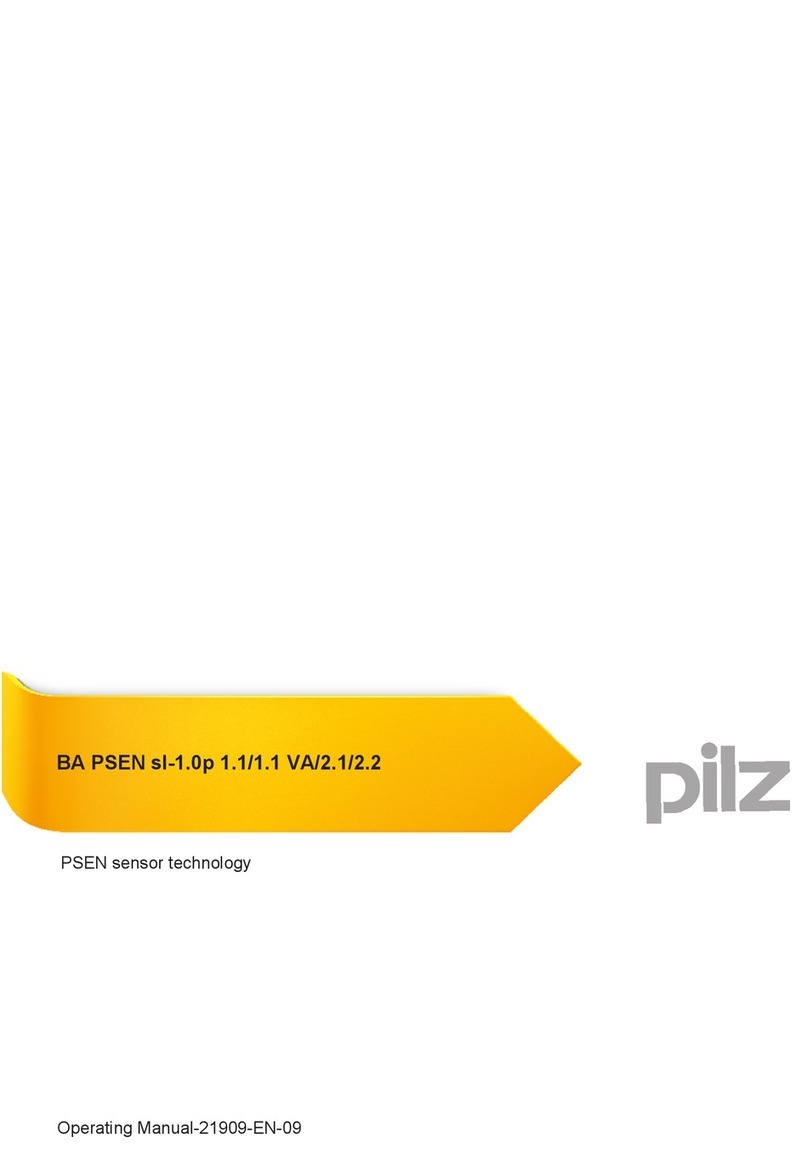
Pilz
Pilz PSEN sl-1.0p 2.2 User manual

Pilz
Pilz PSEN b1 User manual
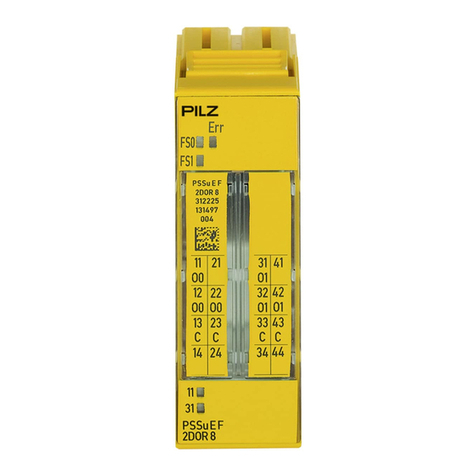
Pilz
Pilz PSSu E F 2DOR 8 User manual
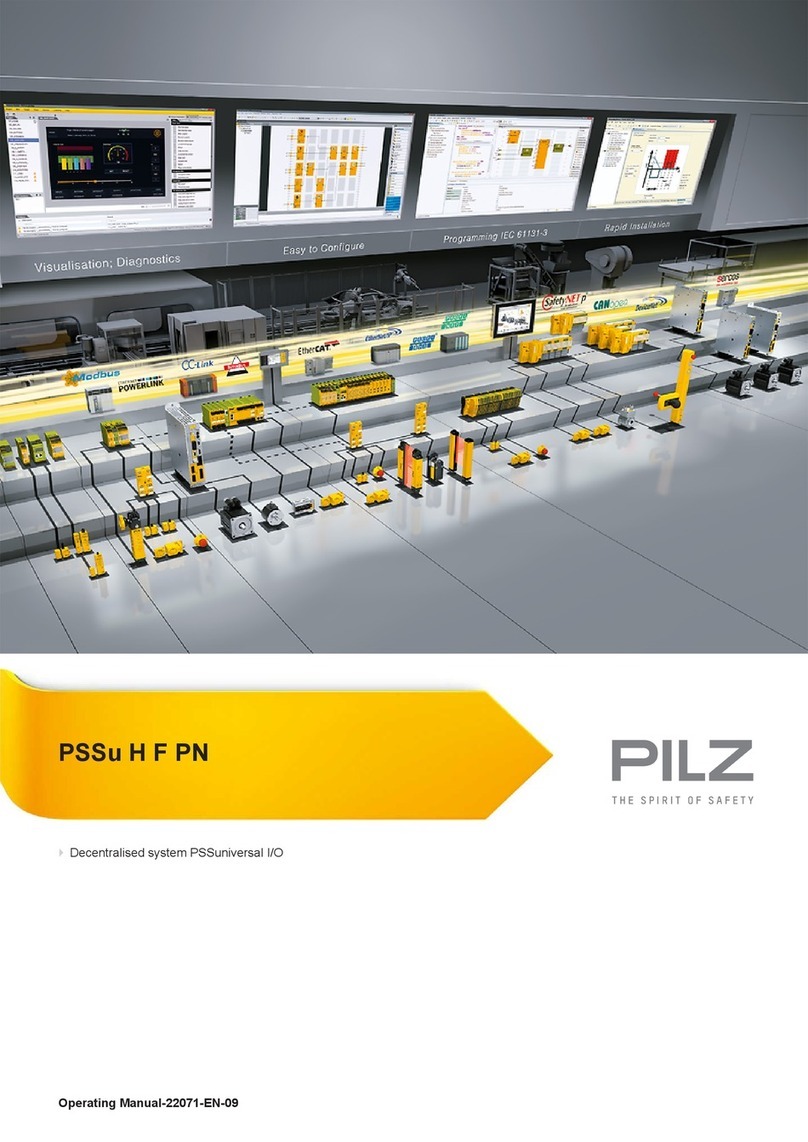
Pilz
Pilz PSSu H F PN User manual
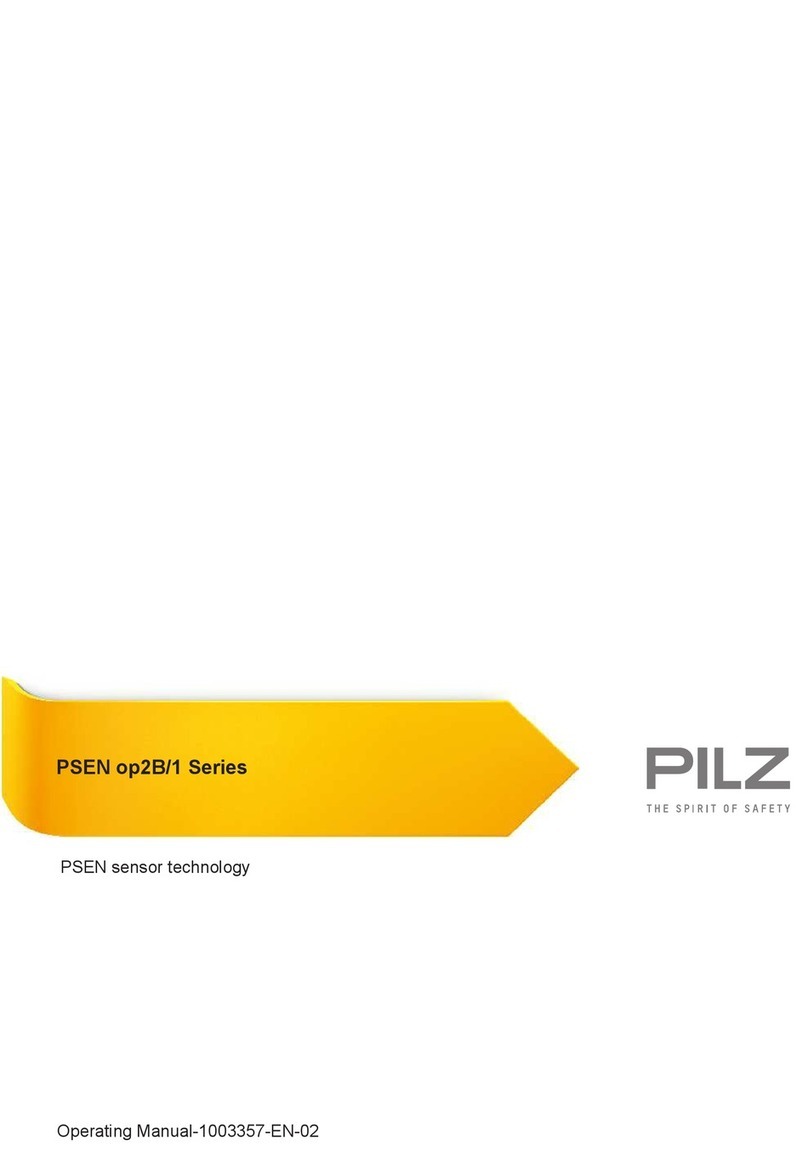
Pilz
Pilz PSEN op2B/1 Series User manual
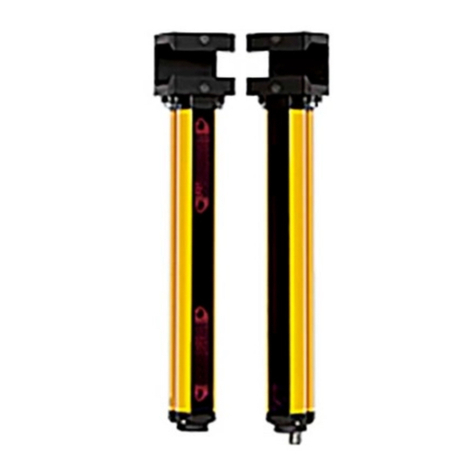
Pilz
Pilz PSEN op2.1 L- User manual
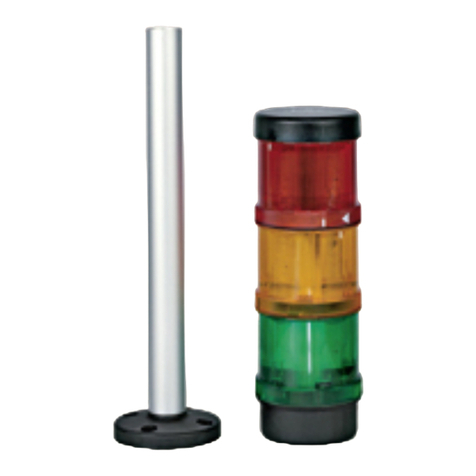
Pilz
Pilz PIT si3.1 User manual

Pilz
Pilz PSEN cs5.1n User manual
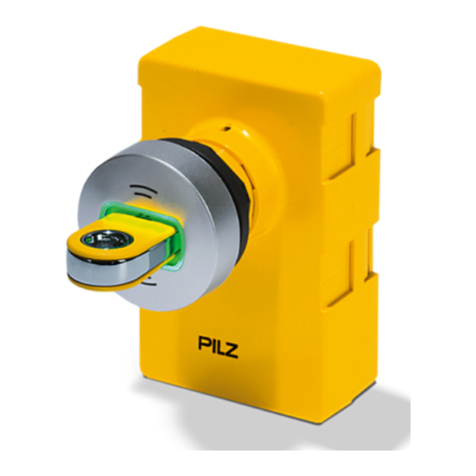
Pilz
Pilz PITreader User manual
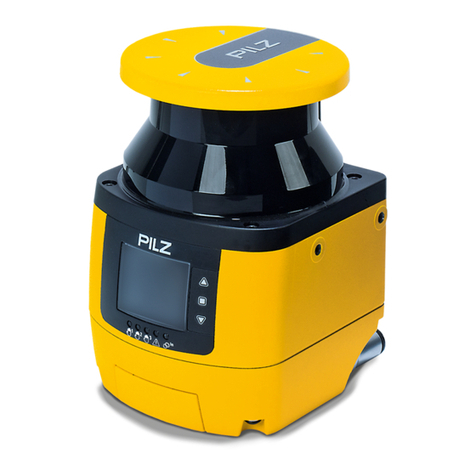
Pilz
Pilz PSEN sc M 3.0 08-12 User manual

Pilz
Pilz PMC Series User manual

Pilz
Pilz PSEN op2H-SL Series User manual

Pilz
Pilz PNOZ mc4p User manual
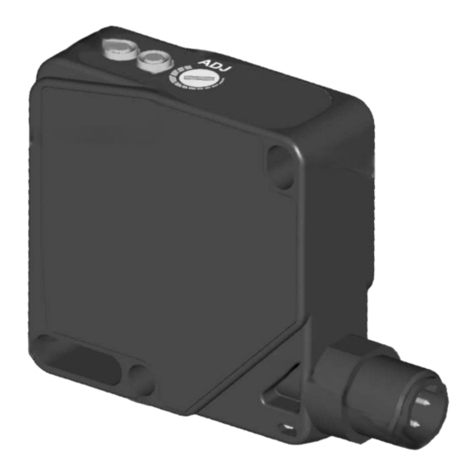
Pilz
Pilz PSENop 3.3 User manual
